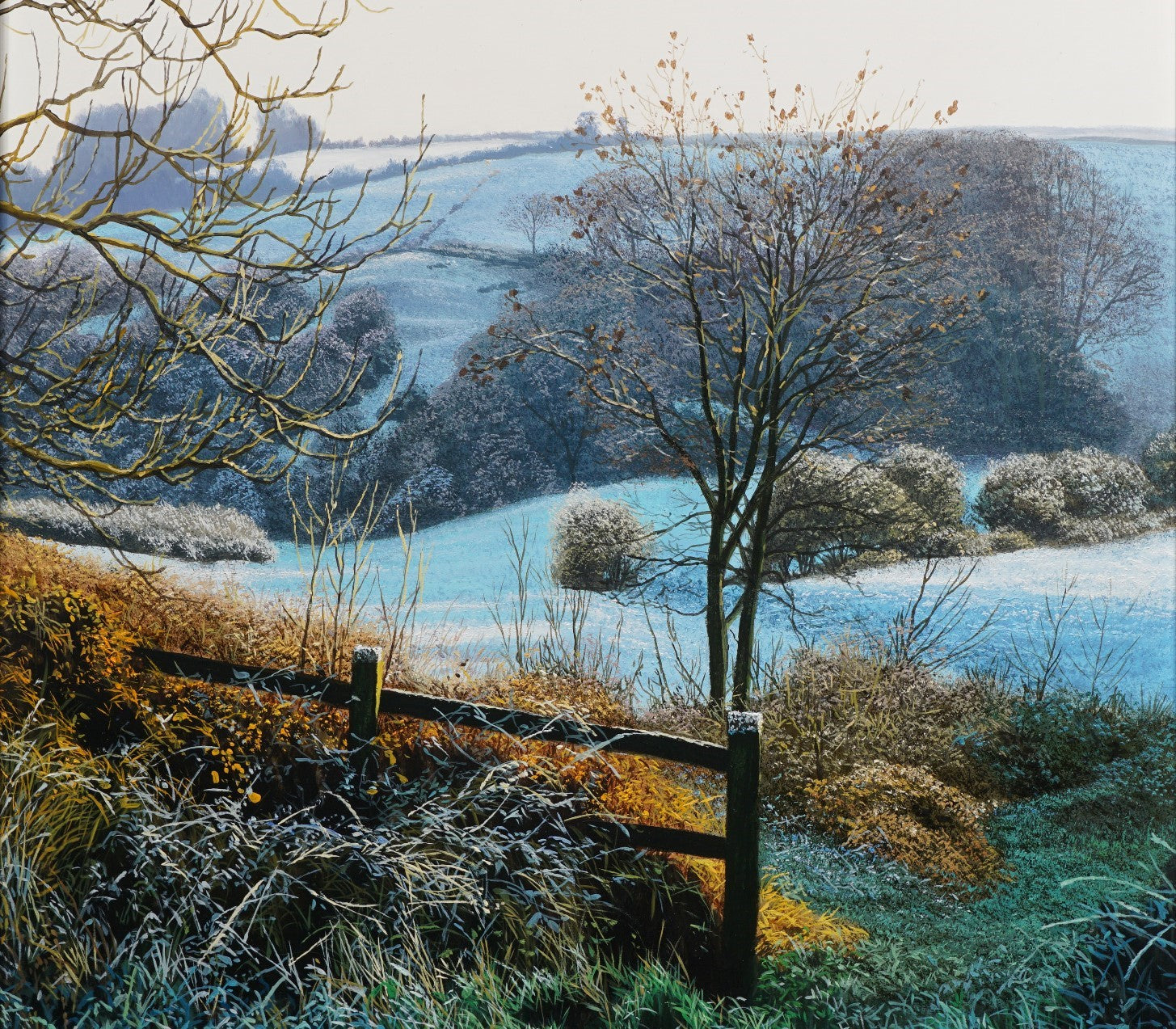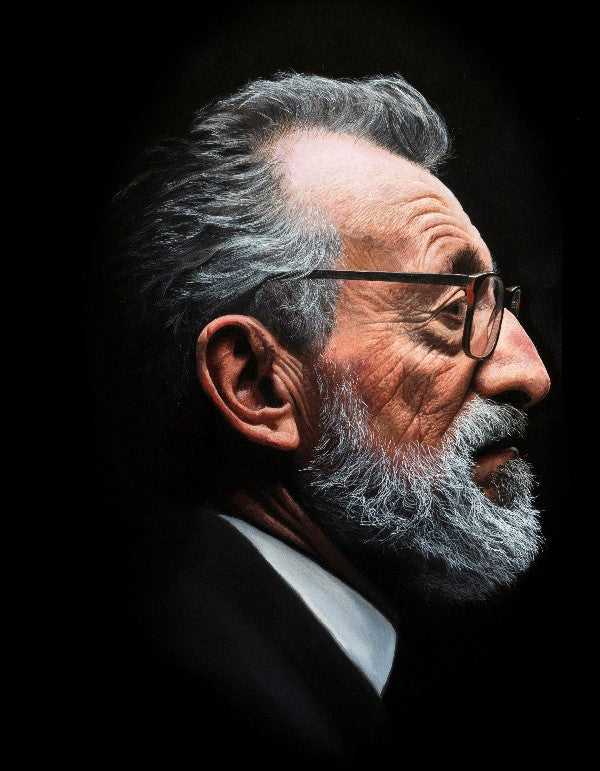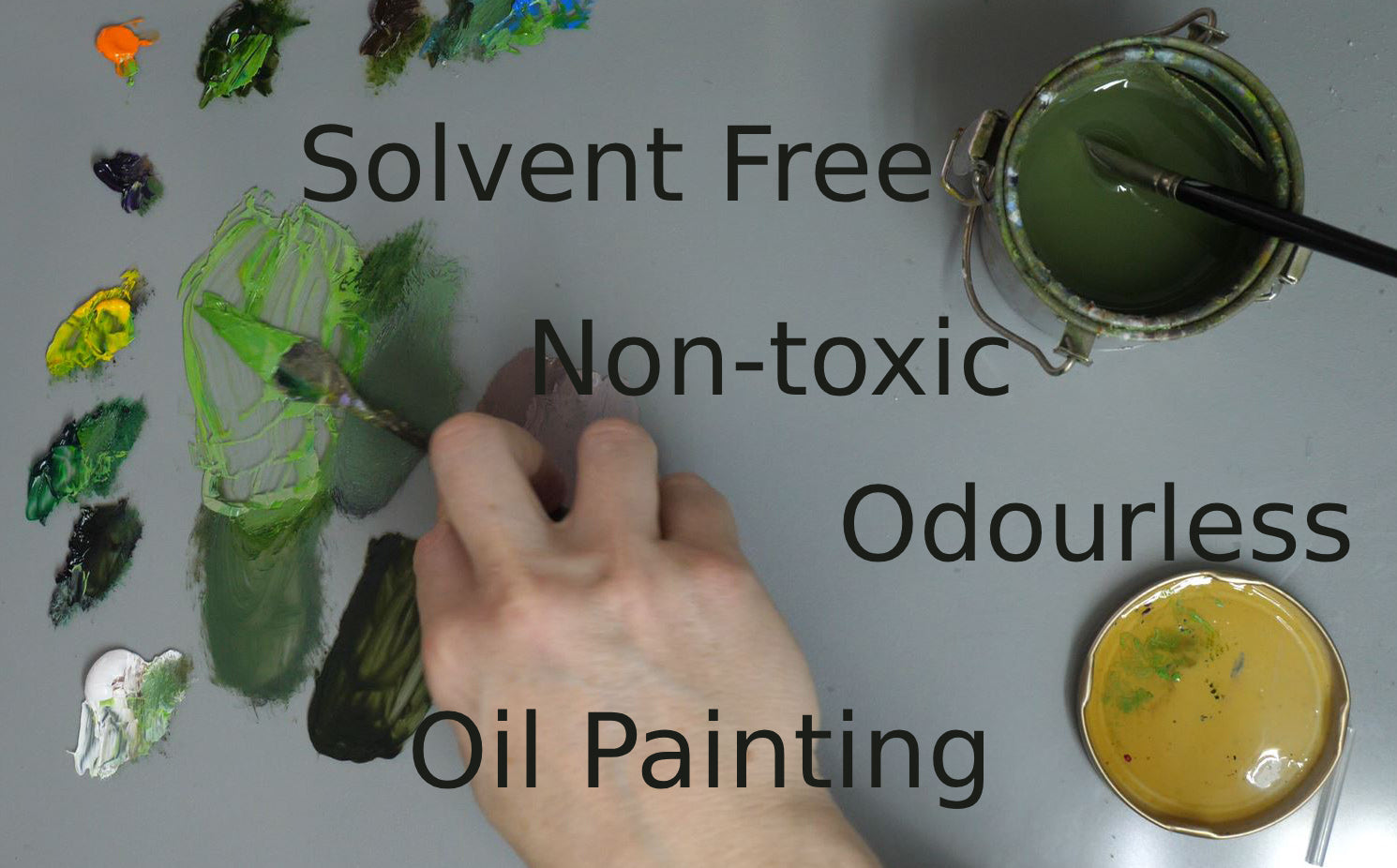
Painting Frost & Snow In Oil
I’ve always enjoyed painting winter scenes. There’s something magical about the contrast between delicate frost-covered twigs and the smooth, pillow-like snow resting on the ground. Leaves dusted with frost, glistening in the low winter sunlight, evoke such happy memories for me—and they’re a joy to capture on canvas.
I’m often asked which brushes and techniques I use to paint frost and snow. Do you find these elements tricky? If so, you’re not alone!
A Tutorial to Guide You
In my lesson Winter’s Light, I break down the process step by step, so whether you’re a complete beginner or a more experienced artist, you’ll find techniques you can use straight away. You’ll learn how to paint:
-
Snow-laden branches and twigs
-
Smooth, sparkling snow on the ground
-
Subtle textures that suggest footprints, mounds, or hidden grasses beneath the snow
Brushes and Techniques
Snow on Branches
I start with the Rigger Brush, thinning the paint so it flows with the consistency of a wash. Once the structure is in place, I gradually add slightly thicker paint to create an impasto effect, giving the snow a sense of weight and texture.
Background Trees
For snow on distant trees, I turn to the Fan Brush. By keeping the brush fairly dry and lightly dabbing paint on, you can create delicate speckles that suggest snow clinging to branches.
Smooth Ground Snow
In Winter’s Light, the snow-covered ground is smooth, but the foreground has subtle variations—footprints, mounds, or long grass underneath. To achieve this, I apply a thin layer of paint over the block-in using a Series 7 Flat Brush for a sleek, even base. From there, I build surface detail by shifting tones and shades, giving depth and realism to the snowy surface.
Watch my YouTube video here, How to paint a Winter Landscape.
Painting Frosty Days: December Frost
I love frosty days—especially when the air is crisp, fresh, and bright. My painting December Frost captures that feeling perfectly. The colours in this piece are a little more challenging than in regular landscapes, with a wider range of delicate blue tones that bring the scene to life.
Creating fine detail is essential for this type of painting, and with the right tools, you can achieve the same effects in your own work.
Techniques for Frost and Canopies
Frost on Foreground Branches
For the frosted branches in the foreground, I use the Rigger Brush with thicker paint. This creates a subtle impasto effect, giving the frost texture and weight so it stands out naturally.
Frosty Tree Canopies
For the distant trees, the Fan Brush is ideal. Keep the brush fairly dry, load only a small amount of paint, and then gently tap it onto the surface. This technique produces a beautiful speckled effect that mimics frosty canopies sparkling in the cold light.
Final Thoughts
Painting frost and snow may seem tricky at first, but with patience, brush control, and a few simple techniques, it’s easier than you think. By balancing thicker impasto details with light, delicate layers, you can capture the sparkle of powdered snow, the weight of frosty branches, and the crisp beauty that makes winter scenes so striking.
Why not give it a try? My Winter’s Light tutorial is the perfect place to start—guiding you step by step through everything you need to create your own beautiful winter painting.
You can learn the techniques I use in my 'December Frost' tutorial here
Happy painting!







